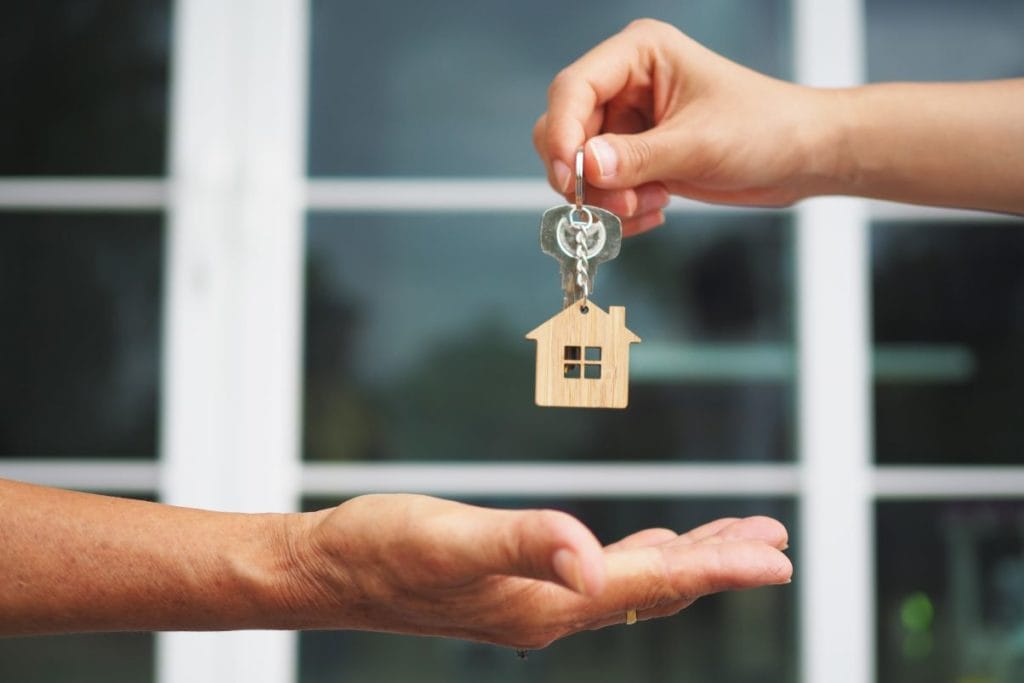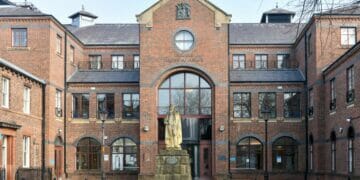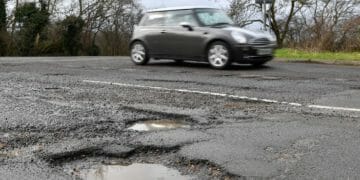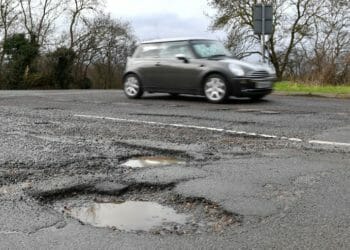
People looking to buy a home in Eden need more than seven times their salary for a property on average, new figures show.
Each year, the Office for National Statistics calculates housing affordability by comparing the median house price in a local authority area to the median full-time annual income of people who live there.
The higher the ratio is, the less affordable homes are to buy.
The median – the middle number in a series – is used instead of the mean average to ensure the figures are not skewed by extreme highs or lows.
In Eden, homes became less affordable as wages increased by four per cent in 2021, while house prices rose by 14 per cent.
The analysis shows that the average house price in Eden is now £228,250, while the average annual salary sits at £31,770 – meaning house hunters need 7.2 times their wage to buy to a home.
In 2020, the figure stood at 6.5.
Kensington and Chelsea, in London, has consistently been the least affordable local area in England and Wales since the ONS began affordability analysis in 2002, with average house prices now 24.8 times that of the average salary.
Copeland is the most affordable, with its ratio just 3.1.
Polly Neate, chief executive of housing charity Shelter, says the blame for worsening affordability lies with a huge decline in affordable social homes, paired with less housebuilding.
“House prices have been pushed higher by policies that have given some people greater purchasing power, like Help to Buy or the recent stamp duty cut. These policies coupled with a lack of supply means homeownership is now out of reach for most people on modest incomes.”
“Many families are really struggling now that other bills are skyrocketing too – forced to choose between heating, eating or paying their rent.” Ms Neate added.
Last year, England saw the most severe decrease in affordability since 2003 — full-time workers now have to spend around 9.1 times their annual salary to buy a home, up from 7.9 in 2020.
Affordability also declined in Wales, with the house price-to-salary ratio rising to 6.3 in 2021, up from 5.8 the previous year.
Tom Bill, head of UK residential research at estate agency Knight Frank, said that while house prices have risen significantly over the pandemic he expects growth to slow over the next year.
Mr Bill said: “For the moment, the cost of living is dominating people’s thinking, but demand for homes remains sky high. Supply is normalising after COVID-19 and upwards pressure on prices may begin to moderate — double digit house price growth is likely to return to single digits by the end of this year.”
A recent report from the House of Commons suggests that COVID-19 may be responsible for a slowdown in the building of new affordable homes over 2020 and 2021.
It notes the building of new homes for social rent has dropped off significantly in recent years — accounting for just 11 per cent of new homes built last year, down from 62 per cent in 2014-15.
A spokesman for the Department of Levelling Up, Housing and Communities said that building affordable homes remains “central” to the Government’s levelling up agenda.































